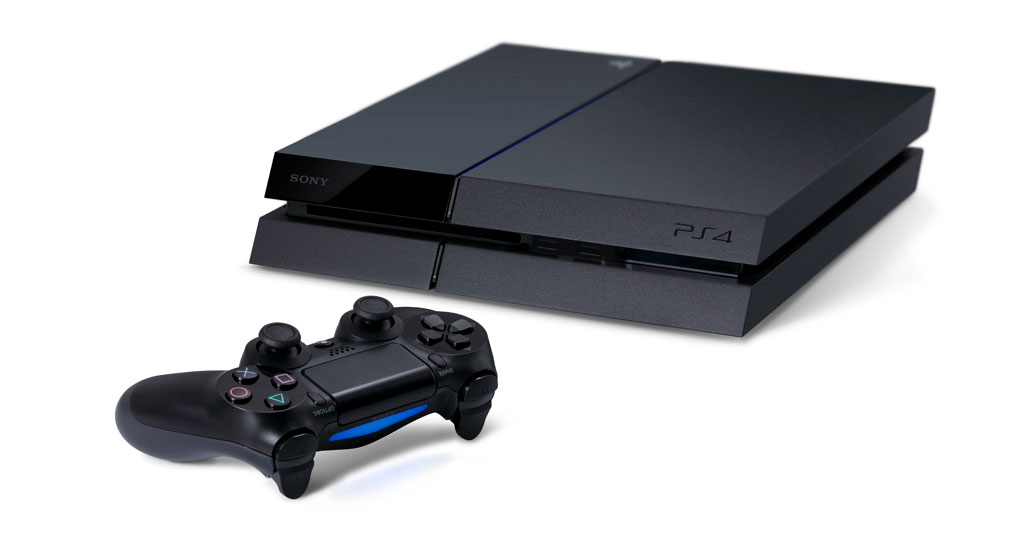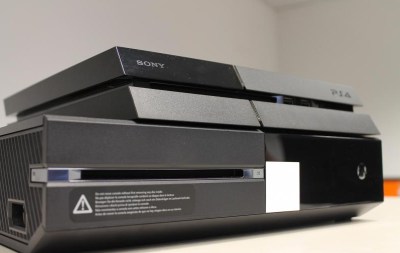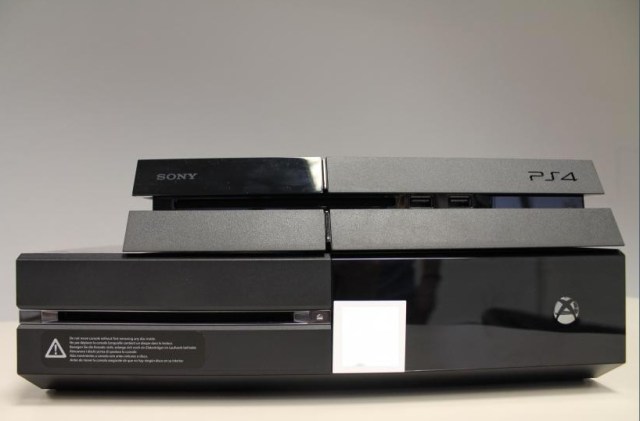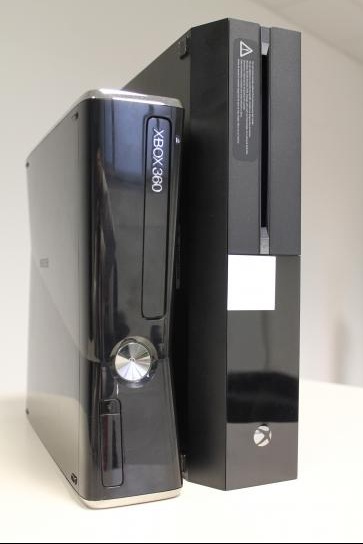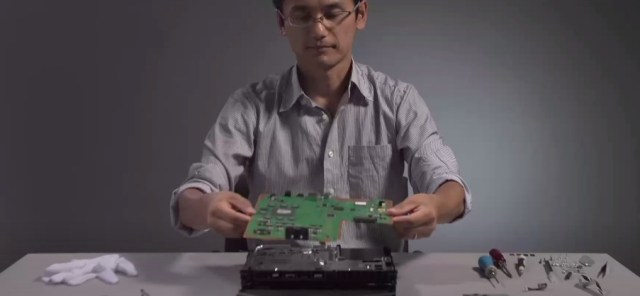
AMD’s Mantle is the first new consumer graphics API to launch in over a decade and its potential impact on the gaming and CPU markets is enormous. Last week, we covered AMD’s performance claims for Mantle – today, we’re diving in with our own test results. We’ve benchmarked Mantle on a range of graphics cards and CPUs, from Kabini at the low-end to the Intel Core i7-4770K.
One question many of you raised last week was whether or not Mantle would improve GPU-limited scenarios. Many of you pointed to this comment by Dave Baumann, as proof that AMD could offer significant GPU performance improvements as well. AMD’s official whitepapers distributed to reviewers implied that the GPU optimization opportunities for Mantle were more limited. So which is it?
Mantle’s GPU optimizations
We spoke to the chief architect of Mantle, Guennadi Riguer, who told us that the GPU-specific improvements from porting a game to Mantle are typically 3-5%, as AMD has previously stated. A developer who aggressively optimizes code for Mantle may see better gains of 15-20% in extreme corner cases. The implication is that moderate optimization will yield gains of 7-12%.
CPU optimizations, in contrast, are low-hanging fruit. After years of working with the relatively limited multi-threading options available on DX11, it’s easy to offer users a stepladder to fix this particular problem. According to Riguer, the amount of GPU performance gain we see from Mantle will depend on whether console developers focus on it when they port titles. (Both the Xbox One and PS4 have Mantle-enabled, GCN-based GPUs). It will depend on whether any other APIs in the game code are bottlenecks in their own right.
We’ve speculated before that it might be easier for console developers to bring projects to Mantle than to port them to the PC version of DX11, but Riguer didn’t give us much detail on whether or not this is true. Mantle is apparently “arguably” close to console development environments (in Riguer’s own words), but the architect stopped short of declaring that this gave AMD a major advantage. Even if Mantle isn’t related to the Xbox One or PS4 APIs, developers working on those consoles will still have a much better understanding of what the GCN architecture can and cannot do. That knowledge should make it easier to port games optimally, even for Direct3D.








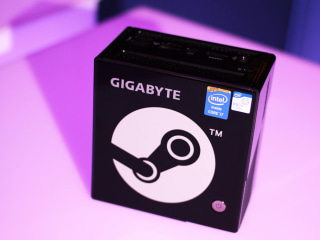






![Xbox One internals [Image credit: iFixit]](http://www.extremetech.com/wp-content/uploads/2013/11/xbox-one-internals-640x480.jpg)
![Xbox One, in pieces [Image credit: iFixit]](http://www.extremetech.com/wp-content/uploads/2013/11/xbox-one-bits-640x348.jpg)

